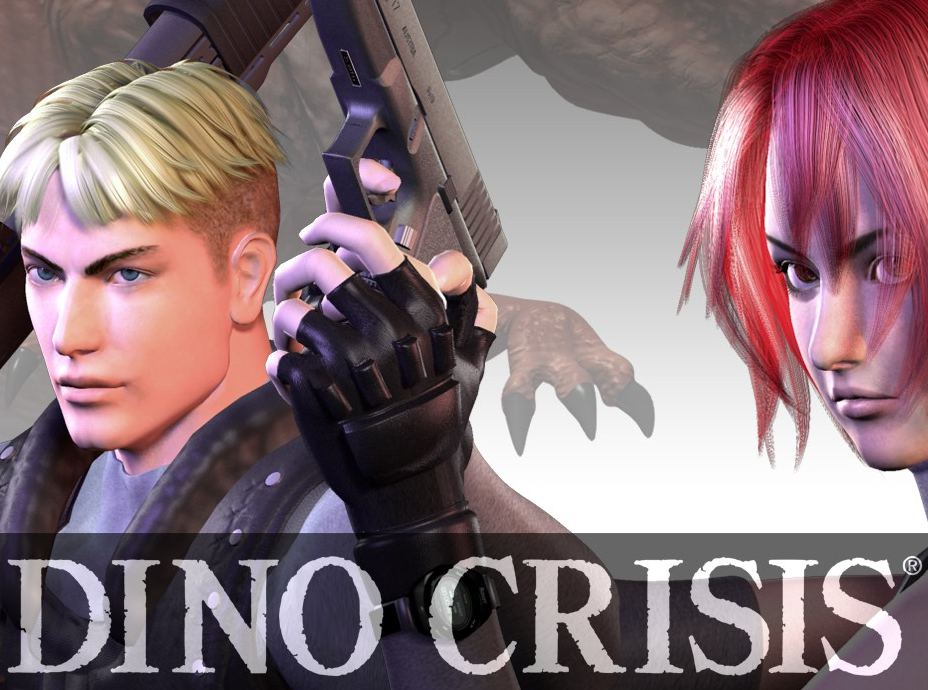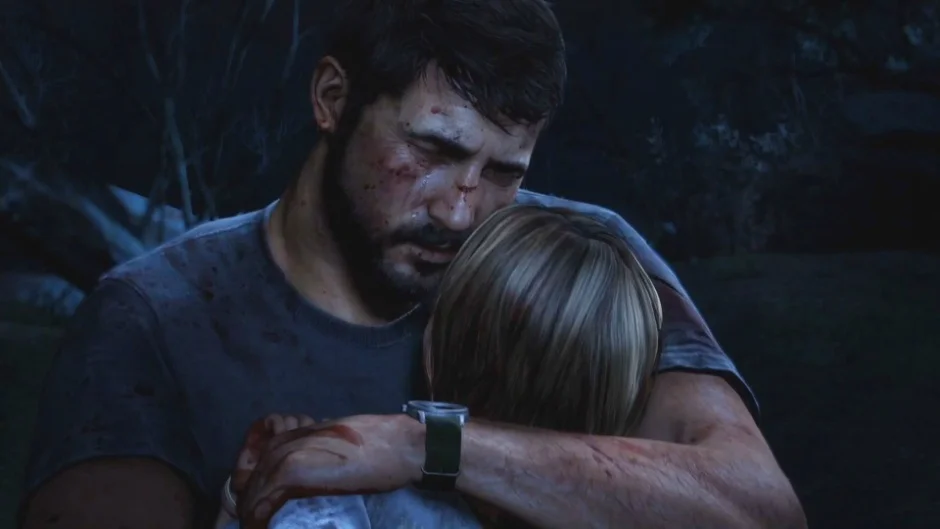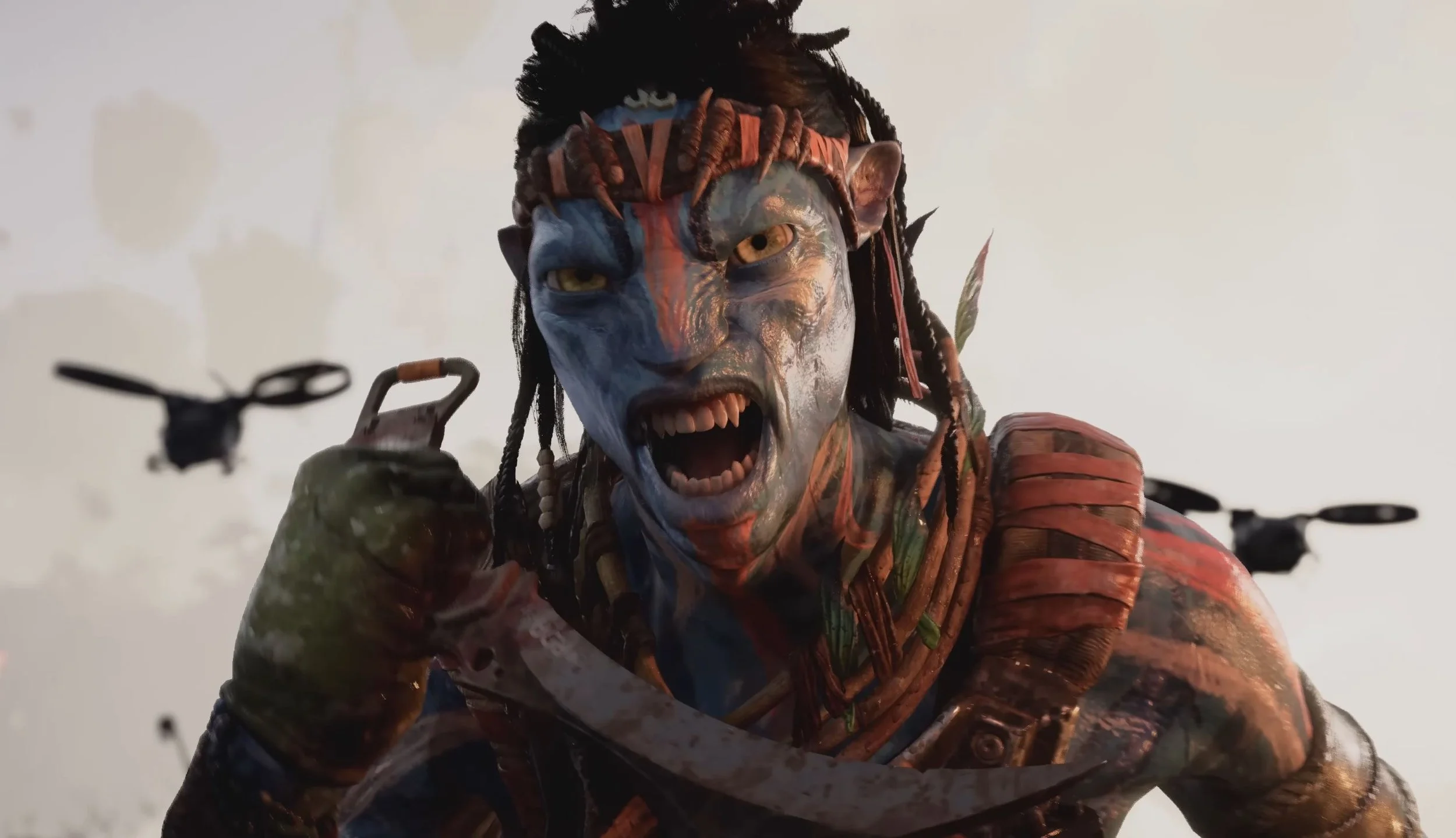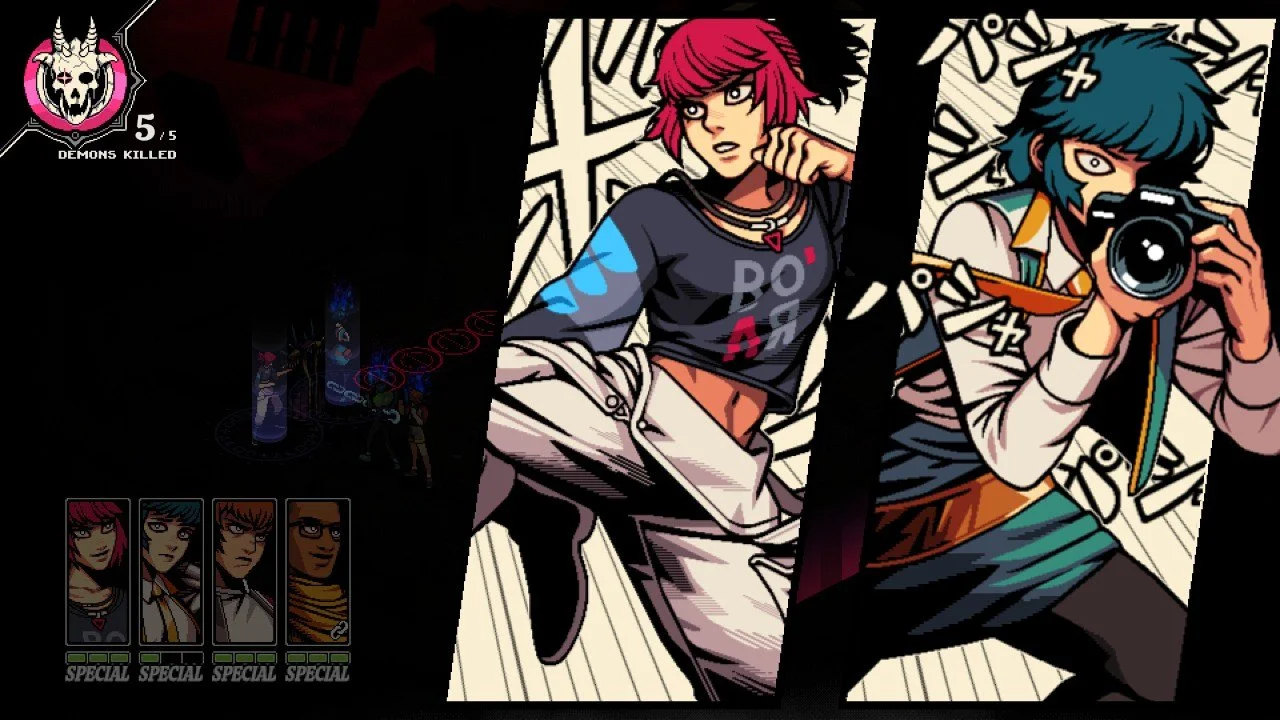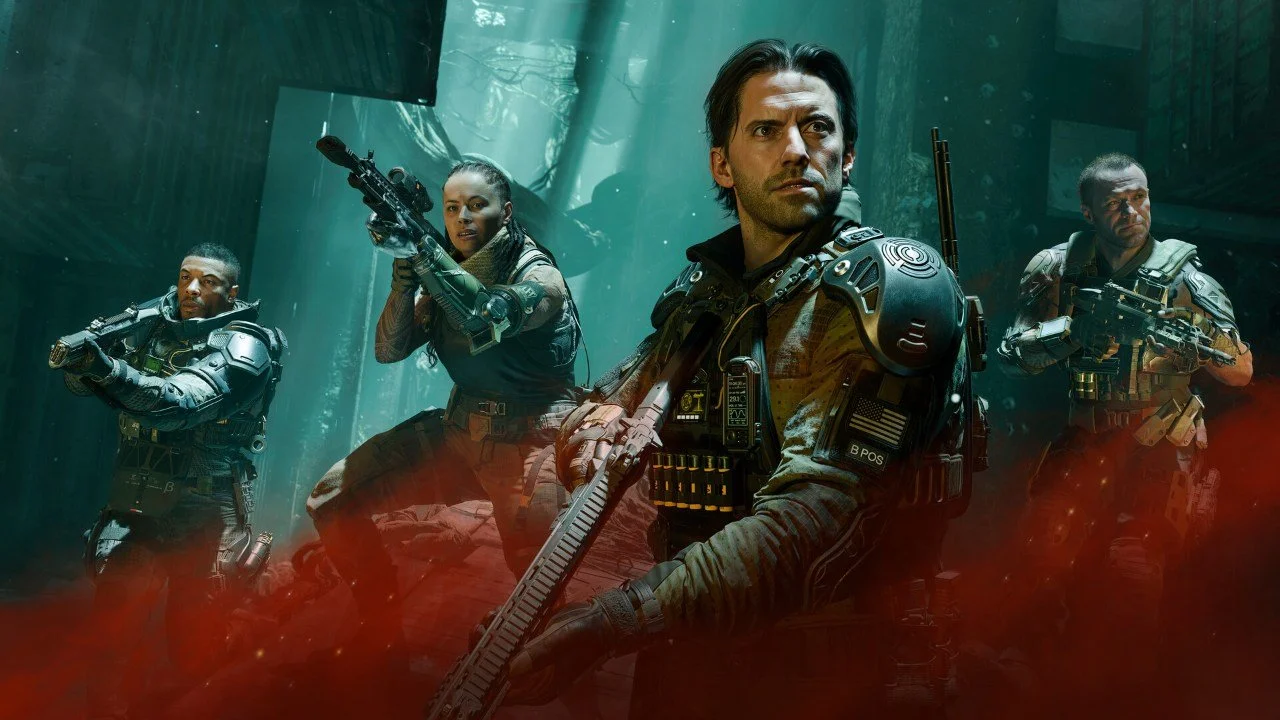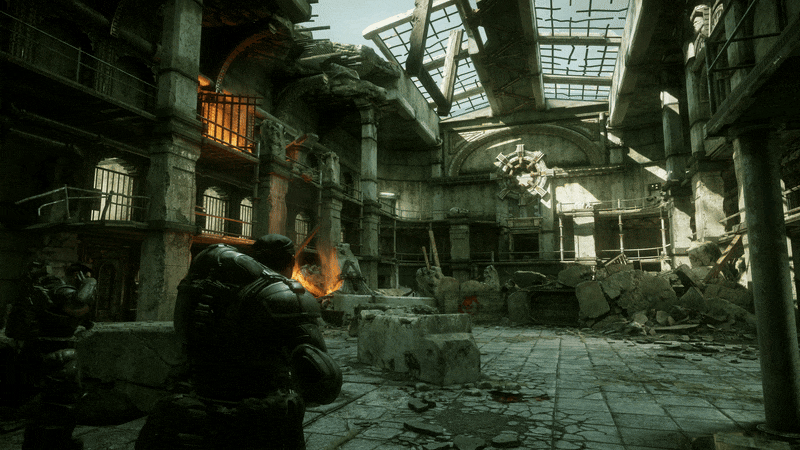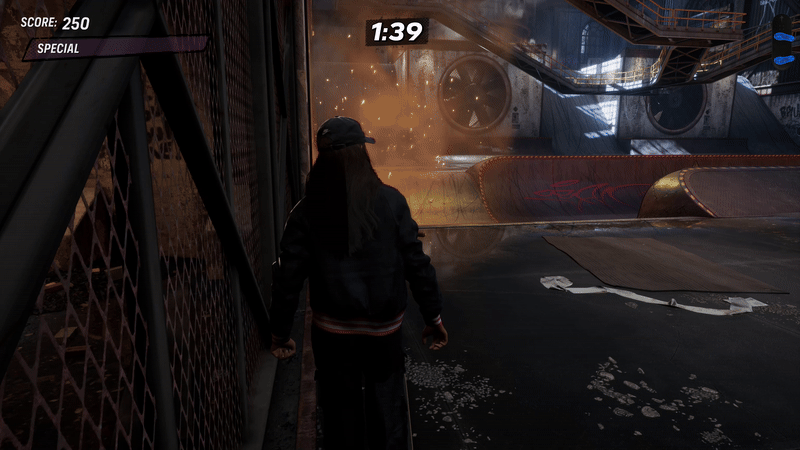The independent video game industry has grown massively over the years. In the past, only a handful of indie games were available in the market. Now, there are tons of them out there that they even rival releases from major gaming publishers. It is true that the video game market has changed dramatically as small developers are no longer restricted with high barriers to entry, thanks to the advent of the digital age that made distribution and self-publishing easier and more affordable than ever. This revolution changed the video game market and challenged the oligopoly of the AAA publishers. Even the hardware manufacturers are supporting indie-games with their digital stores such as Steam for the PC, Sony's PlayStation Store, Microsoft's Xbox Store, and Nintendo's Eshop.
So how did the independent video game industry affected the market overall? On the bright side of things, indie titles revitalized the industry by offering new and innovative game design that AAA publishers are missing, or not taking enough risks to try. However, the fall back with indie games is that players in general don’t know much about the developers behind these games. There is a high risk to purchase a game as it could be bad on all aspects, which damages the reputation of the entire indie game industry.
In a market where only a few firms compete with each other, the motivation to outdo competitors through quality can be slim to none. Take a look at the farming simulator games. When Harvest Moon was introduced way back during the SNES days, it was revolutionary, innovative even. In a market full of space shooters and fast paced racing games, Harvest Moon introduced the opposite with its relaxing and slow paced country-style gameplay. However over the years, the franchise did not change as much as it should. The developers produced "cookie cutter" games that players did not like at all, and the magic was lost for the genre.
Then last year, Stardew Valley was released and we all know how that turned out. ConcernedApe, or the one man development team of Eric Barone, took the basic concept of Harvest Moon, kept features that fans loved, and introduced new mechanics to keep things interesting. This is a prime example of how an indie game revitalized a seemingly stale genre. No one had heard of ConcernedApe or Eric Barone before (in fact Stardew Valley is his first game), and look at the success the game is enjoying today.
The horror genre is another example of what indie video games are capable of doing. Ever since AAA horror titles such as Resident Evil, which had an identity crisis for the past few years, and Silent Hill, which seemed to have lost its scare factor in recent games, the genre itself seemed to have faded quietly in the background. Then came independent horror titles such as Outlast and Amnesia. These games brought back what big horror games lost, the actual fear factor in their games. Providing alternative games to the market is one of the strongest influence of indie games in the industry. With games that would rival titles from big publishers, the indie market has encouraged competition with triple A companies, but it also intensified competition within itself. If you look at the Steam Page right now or the App Store on your phone, you'd find yourself drowning with all the indie-games available.
As giant game publishers focus more on sales targets and profitability, taking risks is out of the question. These companies are pressured to create sequels for past successful games or movie adaptations that will definitely be a hit. It is understandable that these companies, as they still are businesses, are more cautious as their budgets run in the millions and the stakes are high as ever, but sometimes, gamers can’t help but feel that all they focus on is how a game will do well financially.
The introduction of micro transactions became a controversial subject in the past months. EA’s Star Wars Battlefront II has received tremendous backlash when it was revealed that certain in-game characters will only be available after playing the game for more than 40 hours, or instantly if the player purchases them. With a price tag of at least $70 for the standard edition, it seemed too much to make additional investments on what is already a very expensive game.
This restriction is nonexistent on most indie games. Given that the developers behind them have smaller budgets, they are able to take risks and introduce new games with fresh ideas and innovative gameplay. Combined with cheaper price tags, players are more likely to spend their hard earned money on these new ideas. Indie-game developers are only driven by their passion of creating good video games. Of course, profitability is still the end goal, but their main drive is making a name for themselves by developing good games. Just look at the success Studio MDHR’s Cuphead is enjoying. Besides winning several awards from major award giving bodies, Cuphead also reached a sales milestone of 2 million units sold as of this writing. It showed that the risk they took, with their retro art-style and difficult gameplay, was worth it.
In the end, the indie game industry not only revitalized the gaming community by introducing fresh ideas and unique gameplay, but they also provided a balance in the video game industry as a whole as they are motivated by their passion in creating video games and not invested or pressured by corporate suits to churn out sequels and guaranteed hits. It's not all that bad for big publishers, however, as there are still tons them out there who produce good games and takes care of their players. Just take a look at how CD Projekt Red is loved by their Witcher fanbase. Looking ahead, it seems like the indie game industry will only grow. As public interest keeps growing more and more for indie games, perhaps the big publishers start to take notice.
What are the best indie games you’ve played so far? How do you think indie games influence the industry? Share your thoughts below.






